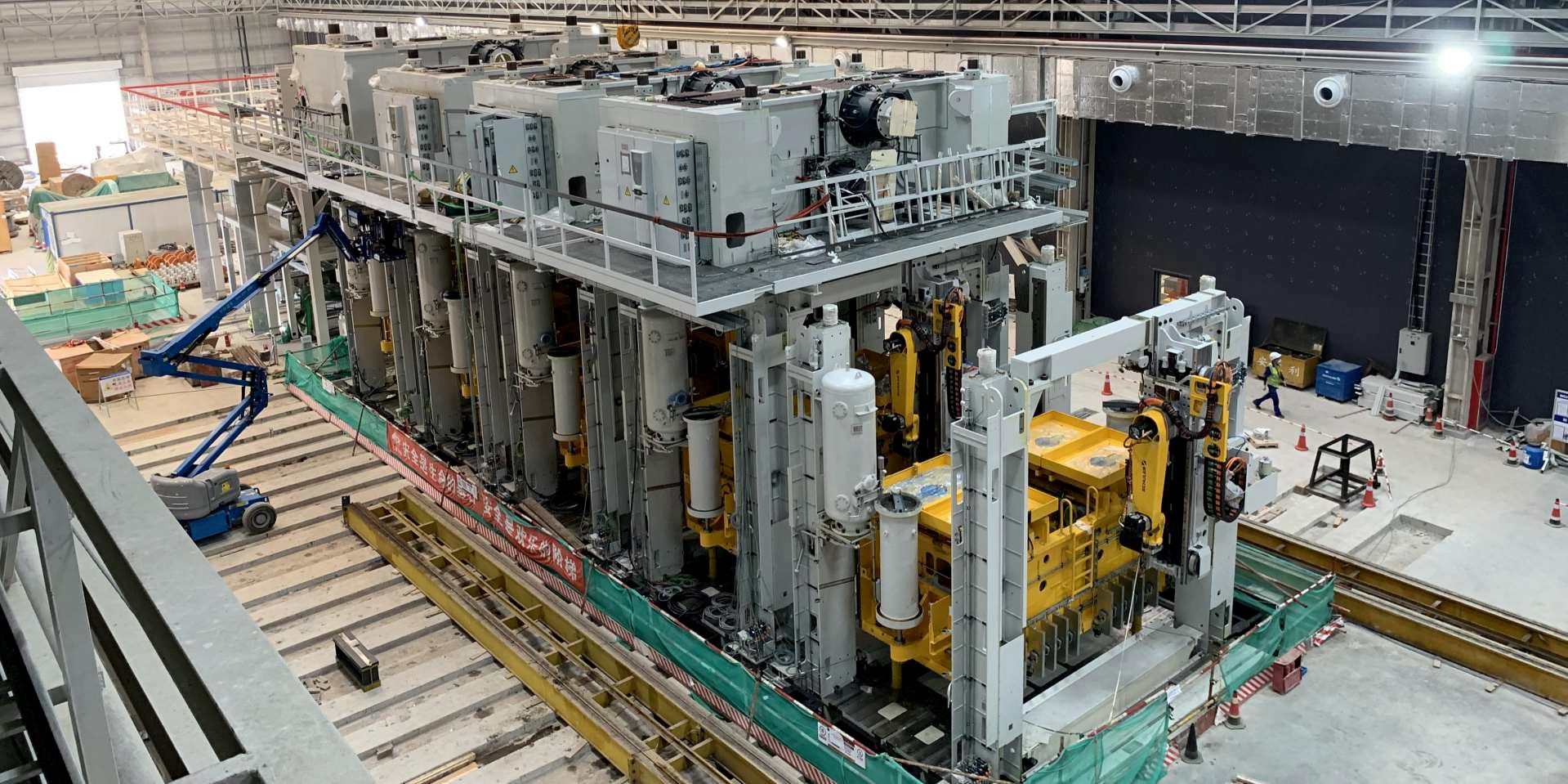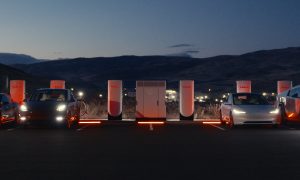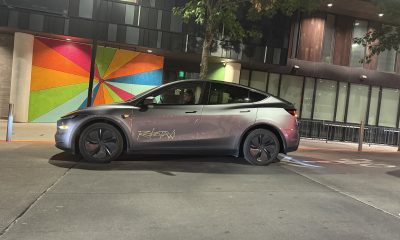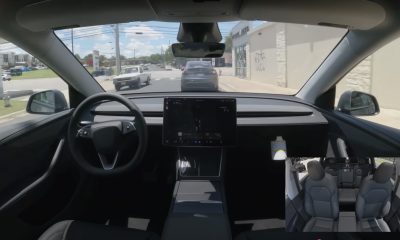Tesla’s (NASDAQ:TSLA) second-quarter earnings call comes on the heels of an impressive quarter that saw the electric car maker posting $6.036 billion in revenue and a $451 million non-GAAP net income, beating Wall Street’s estimates.
As revealed in the company’s Q2 2020 Update Letter, Tesla currently sits on $8.6 billion in cash. The Tesla Model Y ramp is also proving faster than the Model 3 ramp, which should allow the company to increase its output at the Fremont factory in the coming quarters. Tesla Energy had some milestones as well, with the Megapack being profitable and Solar Roof installations tripling in Q2 compared to Q1.
For today’s earnings call, Tesla executives are expected to address questions surrounding the company’s plans for the coming quarters, particularly its maintained guidance of 500,000 vehicle deliveries for the year. Updates on future projects such as the Cybertruck, Semi, and Roadster may also be mentioned, as well as more details on upcoming Gigafactories, particularly in the United States.
The following are live updates from Tesla’s Q2 2020 earnings call. I will be updating this article in real-time, so please keep refreshing the page to view the latest updates on this story. The first entry starts at the bottom of the page.
15:35 PT: And that wraps up Tesla’s second quarter earnings call! The questions this time around were pretty interesting, though it was a bit tiring to hear inquiries about demand once more. That said, it was great hearing Tesla executives’ thoughts on its upcoming products, as well as facilities that are yet to be built. Overall, an enjoyable call.
Thanks for staying with us today for this live blog. Till the next time!
15:33 PT: Jeffries takes the last question. The inquiry focused on battery capacity and Giga Berlin, especially if Tesla would need to get cells from other countries for its German plant. Elon responded by stating that he can’t really talk about the plans for Giga Berlin, but there will be local production of cells at the upcoming facility. Elon jokes about workers’ mobility in Europe, stating that he suggests that workers’ time in the region are better used.
15:30 PT: An inquiry from Emmanuel Rosner from Deutsche Bank about the near term demand for Tesla’s vehicles has been asked. Elon Musk noted that demand is not a problem. “The things that are troubling us right now is not demand,” Musk said.
A follow up question about Tesla’s 500k target for 2020 was expressed. Musk stated that it is hard to utilize a global supply chain, particularly during this year’s challenging times. He expressed his respect for companies and entities working the supply chain as well.
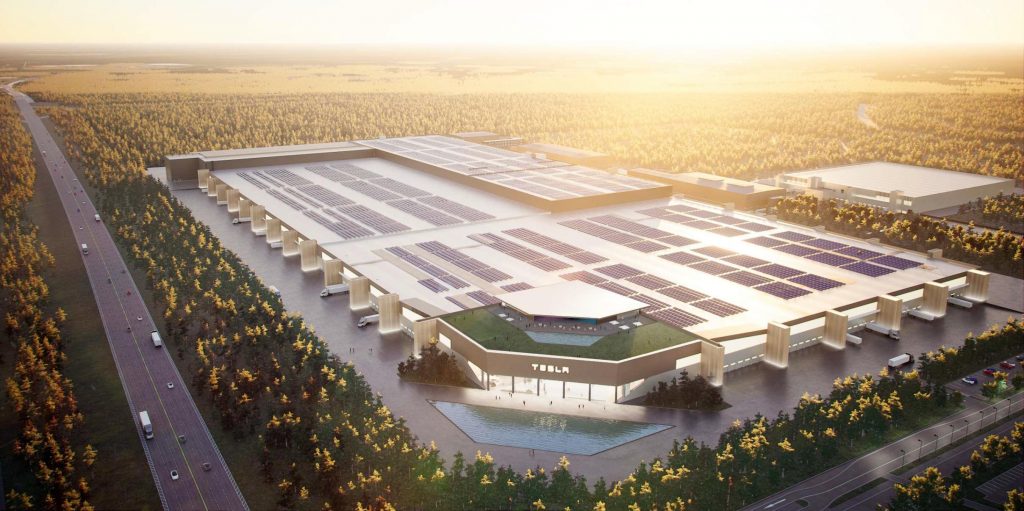
15:26 PT: Bernstein takes the floor, inquiring about operating margins and how it could be over time, as well as EV credits and how it could affect them. CFO Kirkhorn emphasizes that Tesla’s business is not managed with regulatory credits in focus. Elon Musk notes that Tesla buyers in the US don’t even get credits anymore, but despite this, sales have been doing well. Kirkhorn added that there is continued decline in the production costs of cars, especially in mature products like Model S, Model X, and Model 3. FSD and other software products, as well as future services like the Tesla Network, could also play a key role in operating margins. Kirkhorn admits that Tesla is in a journey here, so while the company benefits from regulatory credits now, this will not be the case in the long term.
Elon wants Tesla’s cars to be more affordable. He admits that it’s the pain point that bothers him the most for now. That said, Tesla has made some headway in this sense. After all, the company’s vehicles are being reduced in price over time, and improvements in battery tech will only accelerate this.
15:21 PT: Wall Street’s questions begin. First up is Dan Levy of Credit Suisse with a question about gross margins and Tesla’s differing approach in its various production facilities. Zach Kirkhorn responds, stating that the Model Y margins are improving. He did state that Model Y is still more expensive to produce than the Model 3. Elon added that Giga Shanghai is getting more and more localized, which makes a massive difference to the overall cost of vehicles that are made there. This could be seen in the price adjustments of the Model 3 in the country. Automotive President Guillen added that lots of suppliers are enthusiastic about supporting Tesla in China. The same will likely be true for Berlin as well.
15:15 PT: Next up is the Tesla Insurance ramp, as well as if the company will require Tesla Insurance for the company’s upcoming ride hailing network. Zach Kirkhorn notes that the current version of Tesla Insurance is only Version 1, or 0.9 as Elon noted. The CFO reiterates that Tesla Insurance has a data advantage, which allows the company to provide a viable service for Tesla customers. Tesla hopes to ramp Tesla Insurance to other states by the end of the year. “At the heart of every competitive insurance is the accuracy of your information,” Musk said.
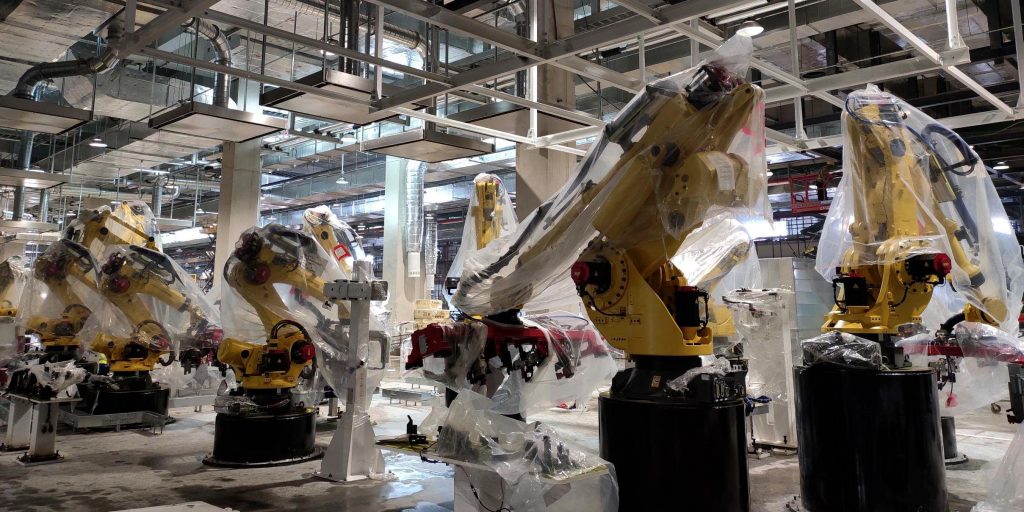
15:10 PT: Next up is a question about the Tesla Semi’s volume production. What does “volume production” mean? The first few units of the Tesla Semi will be used by Tesla to carry freight between Fremont and Nevada. There’s a lot of technology that will be going into the Semi, as suggested by Automotive President Jerome Guillen. He appears to be extremely excited for the Semi’s ramp, which is finally happening.
When asked about the discontinued Standard Range Model Y, Elon jokingly asked nickel companies to mine more as long as it’s efficient and environmentally friendly way. As noted by Musk, cell shortage is still the limiting factor for Tesla. It appears that the more batteries Tesla has access to, the more vehicles and types of vehicles it could produce.
15:05 PT: Tesla retail shareholder questions begin. First off is Tesla Energy and how it is largely ignored by Wall Street. How disruptive is Autobidder? Elon Musk noted that collectively the energy sector is bigger than automotive, so Tesla Energy would likely be just as big as its EV business. Ron Baron has mentioned this before when he stated that Tesla Energy has the potential to become a $500 billion business on its own.
Elon noted that Tesla’s mission is to accelerate the advent of sustainable energy. That push requires three parts: EVs, solar, and batteries. To accomplish the company’s primary goal, Tesla would have to ramp its energy business.
The Megapack is seeing a lot of demand. “Autobidder is Autopilot for grid type batteries,” as it ensures that the battery does everything it can as efficiently as it can. Creating such a system is very representative of Tesla since the company is known for tapping into software to complete targets.
15:00 PT: Responding to an inquiry about Autopilot, Elon explained that the driver assist system right now is pretty much operating in 2.5D. Operating in 4D is something completely different, and it will be game-changing. “The car will seem to have a giant improvement. It will probably roll out later this year. It will be able to do traffic lights, stops, turns, everything, pretty much. And then it will be a long march of (updates). It will definitely be better than human,” Musk said.
An inquiry about the Alien Dreadnought. Elon states that there’s about 10,000 more engineering required for the factory than the product itself. “We’re certainly making progress,” Elon said, stating that the Dreadnought is starting to approach Version 1, referring to Gigafactory Nevada. Perhaps Gigafactory Shanghai, Gigafactory Berlin, and the Austin Gigafactory will be Version 2. Interestingly, Elon also noted that the Model Y will look the same in Gigafactory Berlin, but the technology will be different.
Elon and other Tesla executives highlighted that the company loves manufacturing. The Alien Dreadnought is not all about replacing humans at all. The CEO seemingly plugs the maker movement once more, encouraging anyone interested to go into manufacturing. He is quite right about this. As Musk noted in the past, it’s difficult to have things when no one makes them.
14:50 PT: Questions from institutional investors begin. First up is about cheaper or region specific vehicles, or a product roadmap. Elon stated that while Tesla can’t reveal its product roadmap, it is reasonable to assume that Tesla would make a compact vehicle in the future. That said, he stated that there is still a long way to go with the Model 3, Model Y, and Cybertruck.
Second question is about FSD and software offerings. Elon notes that by far, FSD today is the most important thing. He expects the upgrade to FSD the biggest asset value rise in automotive history. The CEO does have a point, considering that full self driving may very well change the transportation world. Emphasizing this point, Elon states that everything else seems small in comparison. After FSD, it’s probably going to be all about entertainment.
Perhaps an app store is indeed in the pipeline sometime in the future.
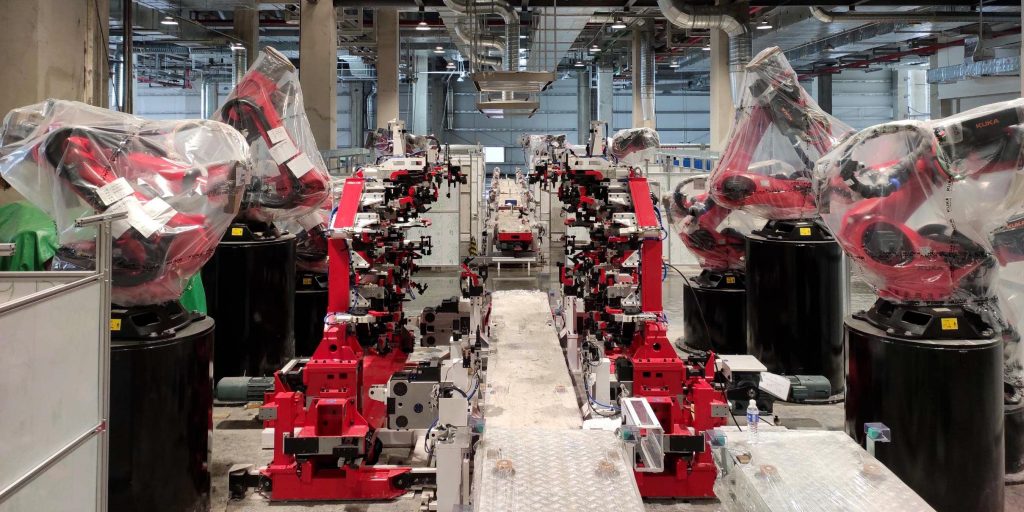
14:45 PT: Zach Kirkhorn takes the floor and thanks Tesla employees. He highlights Tesla’s four quarters of profitability, stating that the company optimized hard by initiating cost savings initiatives. This allowed the company to balance out the hits the company received due to the pandemic and Fremont’s shutdown. The CFO stated that in Q2, Tesla opted to pass on some of these savings to customers, referring to the cost reductions of the company’s vehicles.
Kirkhorn was also very optimistic about Tesla Energy, highlighting that the Megapack is now profitable. Solar and Solar Roof are also coming along nicely.
14:40 PT: The Tesla CEO also highlighted the Model S’ 400-mile EPA range, which is best in class. “I personally tested the latest (version of FSD) and I think it’s better profoundly than people realize. It’s almost getting to the point where I can go from my house to work without (requiring) interventions. This is why I’m confident about reaching feature complete FSD by the end of the year. (It’s because) I’m driving it,” he noted.
Also, Battery Day hype. “Thanks again for your support of our long term mission,” Elon said, closing his opening remarks. “I’ve never been more optimistic about the future of Tesla,” he added.
14:35 PT: Elon Musk thanks the Tesla team for their efforts in Q2. He sounds quite optimistic as he highlights how Tesla was able to grow at a time like this, when legacy auto is DOWN a lot. Elon also announced that its next Gigafactory will be in Texas. Looks like Austin won this round. It’s 5 minutes from the airport and it’s about 2,000 acres. “It will be stunning. It’s right by the Colorado River. It will have a boardwalk… It will be an ecological paradise. It will be open to the public as well,” Musk noted.
The Austin Gigafactory will produce the Cybertruck, the Model Y, and the Semi. Fremont will probably produce the next-generation Roadster. Elon also recognized Tulsa for a battle well fought. “‘I’d like to give a shoutout to Tulsa. I was super impressed… We will for sure consider Tulsa for future expansion of Tesla down the road,” the CEO noted.
14:32 PT: Tesla Investor Relations’ Martin Viecha takes the floor. Elon and Zach Kirkhorn, as well as other executives are present. Elon’s operating remarks begin.
14:31 PT: And it’s time for the earnings call. Let’s go!
14:29 PT: Quick factoid: Tesla had a bear case of $10 per share courtesy of Morgan Stanley during the height of 2019’s headwinds. I guess that estimate was a bit off.
14:25 PT: I have to admit, I’m pretty excited for this one. Anyone who’s been following Tesla over the past year would remember how it was in Q2 2019. Last year, it felt like the sharks were smelling blood in the water. TSLAQ members were sure Tesla was going down, and it wasn’t until Q3 when things started settling down. Oh, what a difference a year makes.
14:20 PT: It is time once more for Tesla’s quarterly earnings report! This quarter was pretty crazy, with Fremont being closed for several weeks and a lot of drama resulting from its reopening. Despite all these headwinds, Tesla posted a profit for Q2. That’s pretty insane, especially since the company was able to accomplish this during a literal pandemic. The Q2 2020 Update Letter is full of interesting details. Let’s brace for impact, everyone.
Elon Musk
Tesla investors will be shocked by Jim Cramer’s latest assessment
Jim Cramer is now speaking positively about Tesla, especially in terms of its Robotaxi performance and its perception as a company.

Tesla investors will be shocked by analyst Jim Cramer’s latest assessment of the company.
When it comes to Tesla analysts, many of them are consistent. The bulls usually stay the bulls, and the bears usually stay the bears. The notable analysts on each side are Dan Ives and Adam Jonas for the bulls, and Gordon Johnson for the bears.
Jim Cramer is one analyst who does not necessarily fit this mold. Cramer, who hosts CNBC’s Mad Money, has switched his opinion on Tesla stock (NASDAQ: TSLA) many times.
He has been bullish, like he was when he said the stock was a “sleeping giant” two years ago, and he has been bearish, like he was when he said there was “nothing magnificent” about the company just a few months ago.
Now, he is back to being a bull.
Cramer’s comments were related to two key points: how NVIDIA CEO Jensen Huang describes Tesla after working closely with the Company through their transactions, and how it is not a car company, as well as the recent launch of the Robotaxi fleet.
Jensen Huang’s Tesla Narrative
Cramer says that the narrative on quarterly and annual deliveries is overblown, and those who continue to worry about Tesla’s performance on that metric are misled.
“It’s not a car company,” he said.
He went on to say that people like Huang speak highly of Tesla, and that should be enough to deter any true skepticism:
“I believe what Musk says cause Musk is working with Jensen and Jensen’s telling me what’s happening on the other side is pretty amazing.”
Tesla self-driving development gets huge compliment from NVIDIA CEO
Robotaxi Launch
Many media outlets are being extremely negative regarding the early rollout of Tesla’s Robotaxi platform in Austin, Texas.
There have been a handful of small issues, but nothing significant. Cramer says that humans make mistakes in vehicles too, yet, when Tesla’s test phase of the Robotaxi does it, it’s front page news and needs to be magnified.
He said:
“Look, I mean, drivers make mistakes all the time. Why should we hold Tesla to a standard where there can be no mistakes?”
It’s refreshing to hear Cramer speak logically about the Robotaxi fleet, as Tesla has taken every measure to ensure there are no mishaps. There are safety monitors in the passenger seat, and the area of travel is limited, confined to a small number of people.
Tesla is still improving and hopes to remove teleoperators and safety monitors slowly, as CEO Elon Musk said more freedom could be granted within one or two months.
Investor's Corner
Tesla gets $475 price target from Benchmark amid initial Robotaxi rollout
Tesla’s limited rollout of its Robotaxi service in Austin is already catching the eye of Wall Street.

Venture capital firm Benchmark recently reiterated its “Buy” rating and raised its price target on Tesla stock (NASDAQ: TSLA) from $350 to $475 per share, citing the company’s initial Robotaxi service deployment as a sign of future growth potential.
Benchmark analyst Mickey Legg praised the Robotaxi service pilot’s “controlled and safety-first approach,” adding that it could help Tesla earn the trust of regulators and the general public.
Confidence in camera-based autonomy
Legg reiterated Benchmark’s belief in Tesla’s vision-only approach to autonomous driving. “We are a believer in Tesla’s camera-focused approach that is not only cost effective but also scalable,” he noted.
The analyst contrasted Tesla’s simple setup with the more expensive hardware stacks used by competitors like Waymo, which use various sophisticated sensors that hike up costs, as noted in an Investing.com report. Compared to Tesla’s Model Y Robotaxis, Waymo’s self-driving cars are significantly more expensive.
He also pointed to upcoming Texas regulations set to take effect in September, suggesting they could help create a regulatory framework favorable to autonomous services in other cities.
“New regulations for autonomous vehicles are set to go into place on Sept. 1 in TX that we believe will further help win trust and pave the way for expansion to additional cities,” the analyst wrote.
Tesla as a robotics powerhouse
Beyond robotaxis, Legg sees Tesla evolving beyond its roots as an electric vehicle maker. He noted that Tesla’s humanoid robot, Optimus, could be a long-term growth driver alongside new vehicle programs and other future initiatives.
“In our view, the company is undergoing an evolution from a trailblazing vehicle OEM to a high-tech automation and robotics company with unmatched domestic manufacturing scale,” he wrote.
Benchmark noted that Tesla stock had rebounded over 50% from its April lows, driven in part by easing tariff concerns and growing momentum around autonomy. With its initial Robotaxi rollout now underway, the firm has returned to its previous $475 per share target and reaffirmed TSLA as a Benchmark Top Pick for 2025.
Elon Musk
Tesla blacklisted by Swedish pension fund AP7 as it sells entire stake
A Swedish pension fund is offloading its Tesla holdings for good.
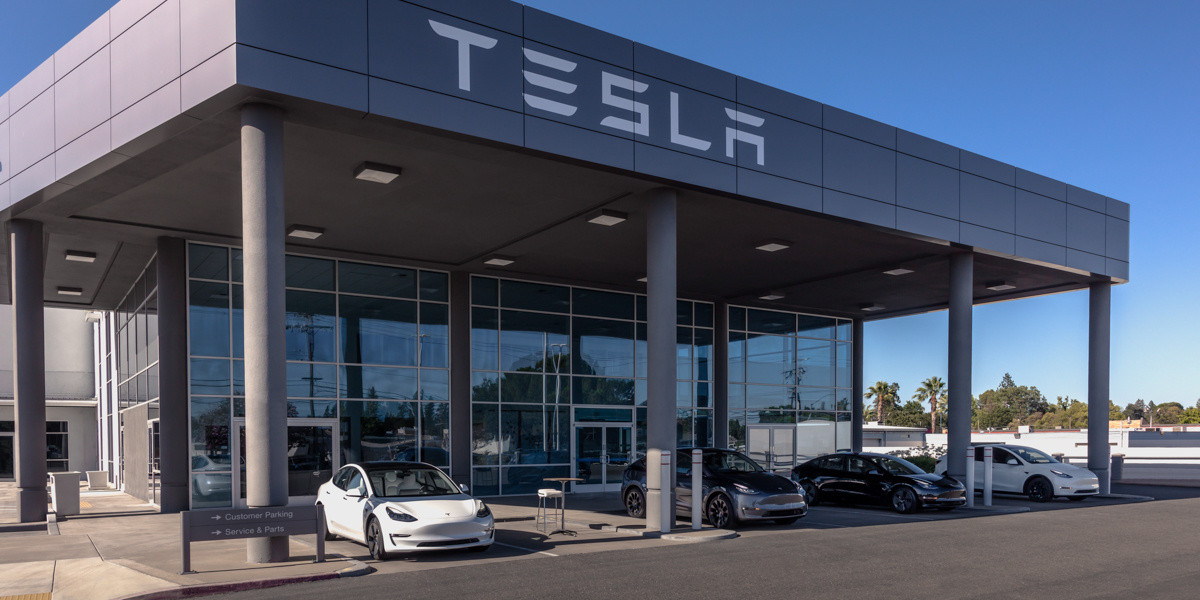
Tesla shares have been blacklisted by the Swedish pension fund AP7, who said earlier today that it has “verified violations of labor rights in the United States” by the automaker.
The fund ended up selling its entire stake, which was worth around $1.36 billion when it liquidated its holdings in late May. Reuters first reported on AP7’s move.
Other pension and retirement funds have relinquished some of their Tesla holdings due to CEO Elon Musk’s involvement in politics, among other reasons, and although the company’s stock has been a great contributor to growth for many funds over the past decade, these managers are not willing to see past the CEO’s right to free speech.
However, AP7 says the move is related not to Musk’s involvement in government nor his political stances. Instead, the fund said it verified several labor rights violations in the U.S.:
“AP7 has decided to blacklist Tesla due to verified violations of labor rights in the United States. Despite several years of dialogue with Tesla, including shareholder proposals in collaboration with other investors, the company has not taken sufficient measures to address the issues.”
Tesla made up about 1 percent of the AP7 Equity Fund, according to a spokesperson. This equated to roughly 13 billion crowns, but the fund’s total assets were about 1,181 billion crowns at the end of May when the Tesla stake was sold off.
Tesla has had its share of labor lawsuits over the past few years, just as any large company deals with at some point or another. There have been claims of restrictions against labor union supporters, including one that Tesla was favored by judges, as they did not want pro-union clothing in the factory. Tesla argued that loose-fitting clothing presented a safety hazard, and the courts agreed.
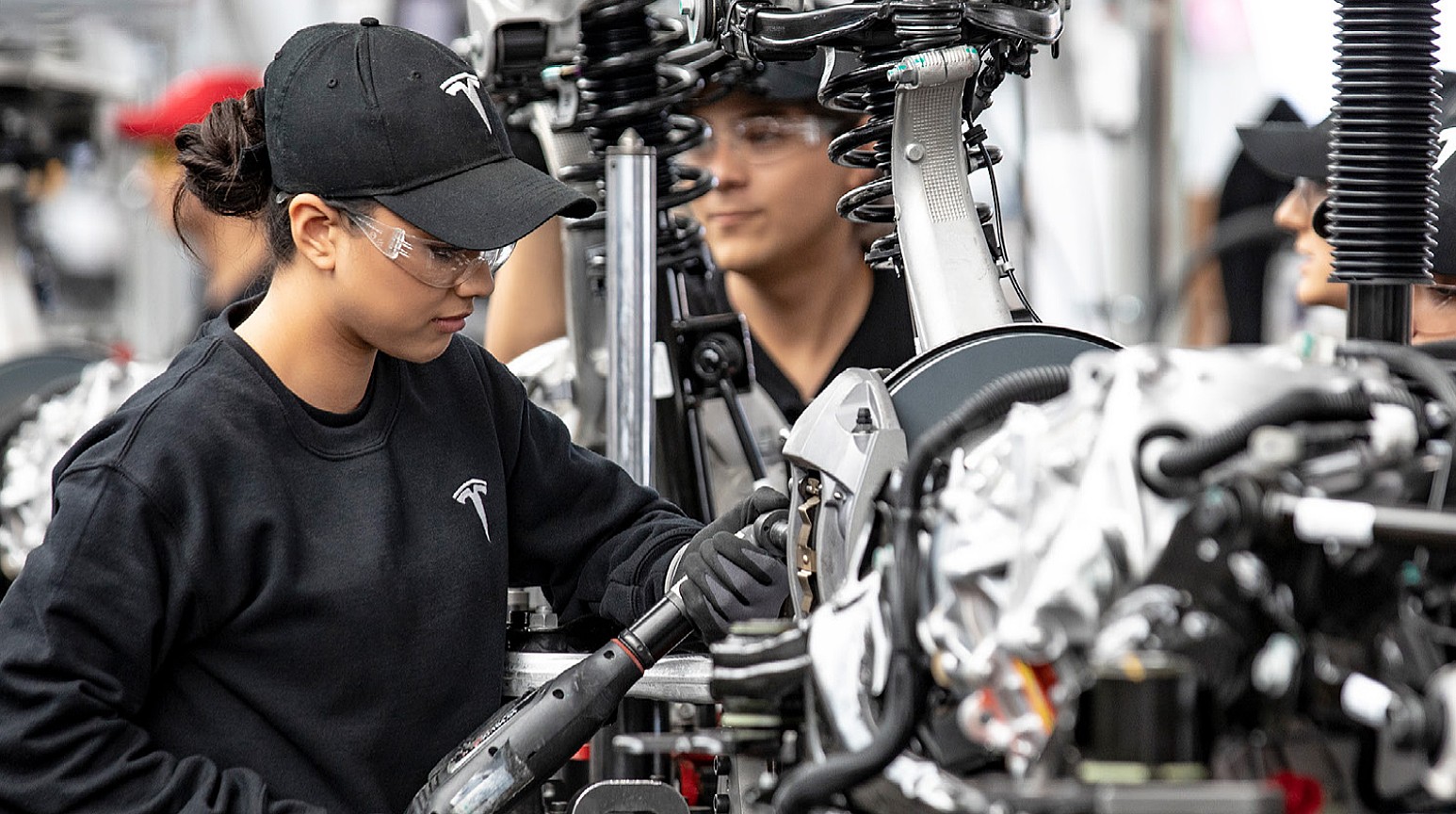
(Photo: Tesla)
There have also been claims of racism at the Fremont Factory by a former elevator contractor named Owen Diaz. He was awarded a substantial sum of $137m. However, U.S. District Judge William Orrick ruled the $137 million award was excessive, reducing it to $15 million. Diaz rejected this sum.
Another jury awarded Diaz $3.2 million. Diaz’s legal team said this payout was inadequate. He and Tesla ultimately settled for an undisclosed amount.
AP7 did not list any of the current labor violations that it cited as its reason for
-

 News5 days ago
News5 days agoTesla Robotaxi’s biggest challenge seems to be this one thing
-

 News2 weeks ago
News2 weeks agoTesla confirms massive hardware change for autonomy improvement
-

 Elon Musk2 weeks ago
Elon Musk2 weeks agoElon Musk slams Bloomberg’s shocking xAI cash burn claims
-

 News2 weeks ago
News2 weeks agoTesla China roars back with highest vehicle registrations this Q2 so far
-

 News2 weeks ago
News2 weeks agoTesla features used to flunk 16-year-old’s driver license test
-

 News2 weeks ago
News2 weeks agoTexas lawmakers urge Tesla to delay Austin robotaxi launch to September
-

 News2 weeks ago
News2 weeks agoTesla dominates Cars.com’s Made in America Index with clean sweep
-

 News2 weeks ago
News2 weeks agoTesla’s Grok integration will be more realistic with this cool feature

